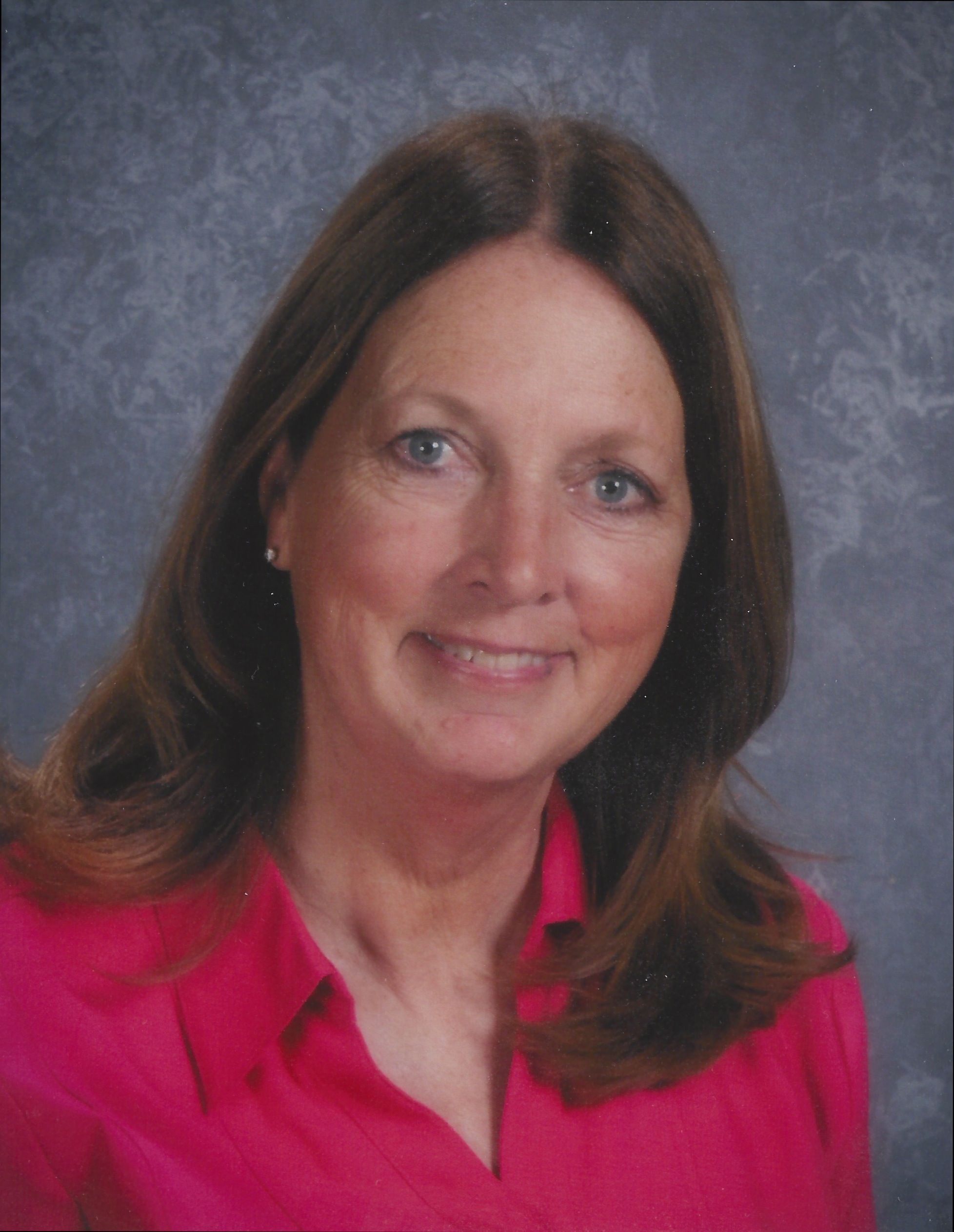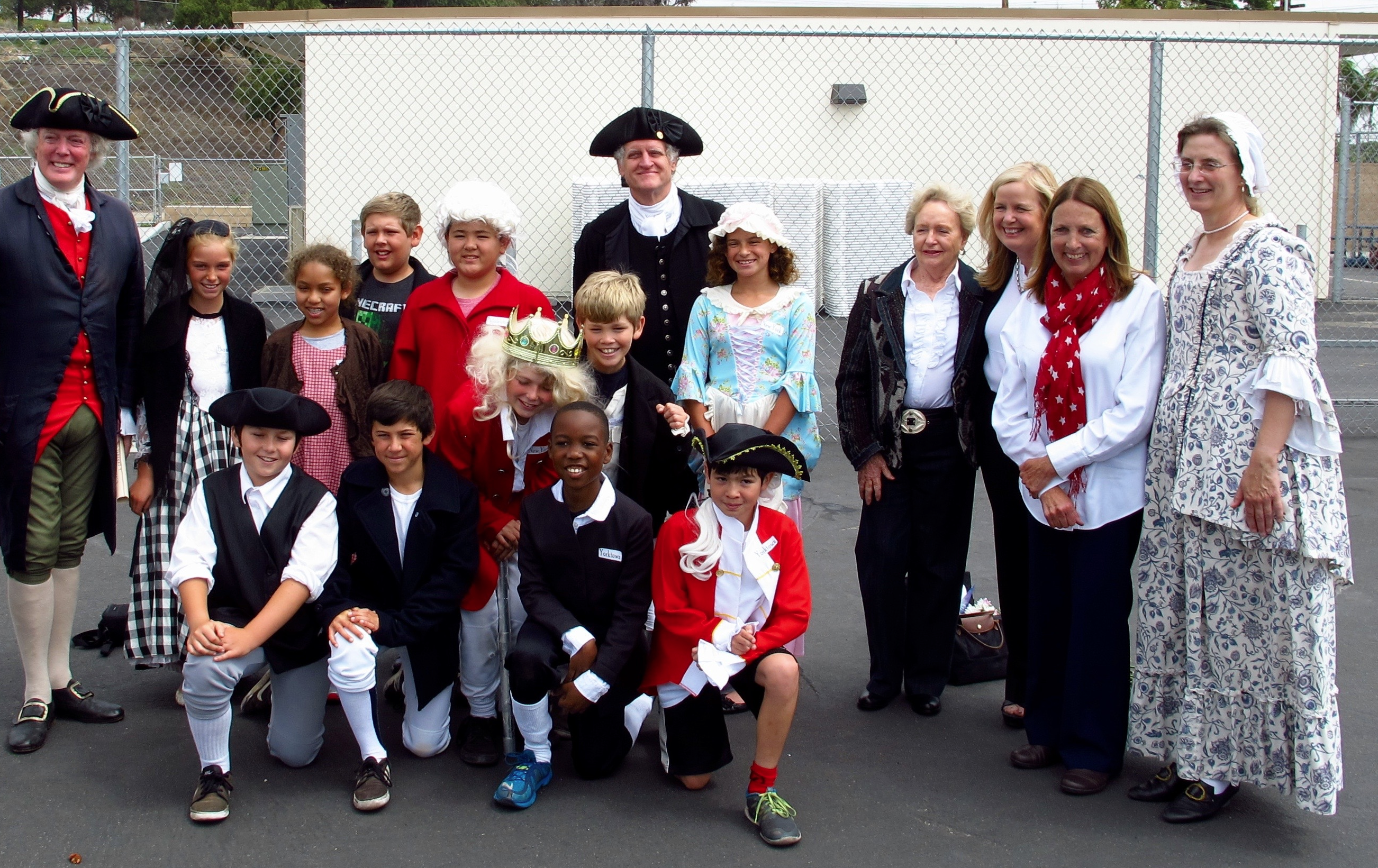Get to Know the 2017 History Teachers of the Year: Carol Grossi, California
Posted by Gilder Lehrman Institute Staff on Tuesday, 01/09/2018
In 2017, the Gilder Lehrman Institute recognized 52 State History Teachers of the Year for their tireless and innovative efforts to make history come alive for their students.
But who are they, really? We asked these talented teachers to answer a few questions about themselves and to reflect on the challenges and joys of teaching. We will feature a state winner every Tuesday and Thursday, so keep checking back to learn more about these outstanding educators!
This week, meet Carol Grossi:
 Carol Grossi, Towers Elementary School
Carol Grossi, Towers Elementary School
2017 California History Teacher of the Year
Do you have a favorite/funny memory from teaching?
My favorite memory is of a student in my class two years ago. At the time, I taught math and social studies, the two subjects he really disliked. Every day I tried to capture his interest, but he seemed quite depressed in my classroom, often sitting with his face down on top of a pile of books. And then we started reading a piece of historical fiction about Jamestown, Blood on the River. I learned about this book at a teacher institute. He started staying a little after class to tell me what he had read from the book. This continued as we read other pieces of historical fiction in our 5th grade class. He seemed to get more and more interested about what we were studying. At the end of the year, he was so excited about American history that he talked his father into taking his family to Williamsburg in the summer. Not many of my students from California are able to make such a trip. The great thing was that I happened to be a teacher facilitator in Williamsburg the week that his family arrived, so I was able to show him some of the sites and involve him in some of the activities there. I have found that sharing the right kind of historical fiction with my students has helped engage them in our studies.
State one fun historical fact about the town you live in or grew up in.
I live on Palos Verdes Peninsula in California, which was once land used by the Sepulvedas, a family that had been given a land grant for cattle ranching. I found the skull of a cow in a shed in my backyard. I have no idea where it is from, but I imagine it being a part of the Sepulveda herd. Who knows? Even though we don’t really study local history in 5th grade, I share some of it with my students. So many of the places in our town are named after people who were given land grants, including our mall and many of the main streets. It helps tie our city’s history with our place.
What is the last great history book you read?
The last great history book I read is the Diary of Lady Riedesel: Letters and Journals Relating to the War of Independence and the Capture of the German Troops at Saratoga. Baroness Riedesel was married to General Riedesel, who was in charge of the German troops at the Battle of Saratoga. She tells the story of her extremely difficult journey with her children from Germany to Saratoga to be with her husband. Due to the loss at Saratoga, the troops became prisoners of war, and many ended up in Charlottesville, Virginia, as a result. I enjoyed the letters that she exchanged with her husband and her experiences traveling from Europe to America. The reason I was interested in reading her book was because I wanted to know more about the experiences of women during the Revolution as well as soldiers from Germany.
What is your favorite historical site or museum?
I have so many favorite historical sites. Place in history is so important, and if students and teachers can walk in the places and in the footsteps of historical figures, it can be life changing. I love the historic triangle of Williamsburg, Jamestown, and Yorktown because it covers so much of our nation’s history – the beginnings of settlement in America, the colonial period, and then the end of the Revolution in Yorktown. But I have also enjoyed Fort Ticonderoga in upstate New York. My visits there really changed how I teach the events of the American Revolution. I realized that I was spending more time on what was happening with Washington and his army and not focusing enough attention on the Northern Campaign. I also was able to get a better understanding of Benedict Arnold’s life and saw him in a different light than I had in the past. I also love Boston. I made a point of seeing where Washington placed the guns from Fort Ticonderoga brought there by Henry Knox. As I study history and visit historic places, it often leads me to want to visit another. That is what happened after visiting Dorchester Heights in Boston. My next trip was to Fort Ticonderoga to see where the guns came from.
What advice would you give to young people, in high school or college, who may be considering a career in education but are unsure?
Teaching can be very difficult these days. We are asked to do so many things that interfere with actual teaching and learning. My advice is to let your passion be your guide, whatever subject you teach. Don’t let the every day, mundane details of teaching take away from what you are there to do – teach and inspire your students. As David McCullough states, “Show them what you love!” I would also suggest that they take part in seminars and institutes during the summer. That has always reinvigorated my teaching. At Gilder Lehrman seminars, teachers are able to see historic sites and learn from the best historians, which is what I was able to do with Joseph Ellis when we studied the writings of John and Abigail Adams in Massachusetts. Whenever I get back from summer seminars and institutes, I can’t wait to share what I have learned with my students.
 If you could travel back in time and meet any historical figure, who would it be and why?
If you could travel back in time and meet any historical figure, who would it be and why?
There are so many historical figures that I would love to meet, but if I had to choose, I would like to have dinner with George Washington, Henry Knox, and Nathanael Greene. I have always been interested in what makes soldiers persevere in dire circumstances. The three of them went through so many difficult times during the Revolution, but were able to persevere when the circumstances seemed insurmountable. I would like to talk to them about that. What was it that drove them to continue on until the war ended despite the odds? It is often difficult for my students to identify with leaders from this time period when they see the way they looked so I try to connect their leadership with other soldiers from modern wars so that they can understand what it took for them to persevere.
Who is your favorite historian?
My favorite historian is Joseph Ellis. I was fortunate to be in his John and Abigail Adams Gilder Lehrman seminar a couple of years ago. I love the amount of information that he packs into his books and I love his word choice. After being with him for a week, when I read his books today I can hear his voice, which is kind of fun. He also has a great sense of humor and a passion for what he does. Passionate historians like Ellis and another favorite, David McCullough, bring history to life for me.
What is your favorite historical film or series?
My favorite historical series is Ken Burns’s The Civil War. He is America’s storyteller. He brought the people and the events of the Civil War to life in his film. It is impossible not to get teary-eyed when listening to the actor read Sullivan Ballou’s letter to his wife, which he wrote just before he died the following week. Burns makes these people from the past real to us. His choice of images, scenery, and music blend together beautifully. I always look forward to seeing anything he has done.
Do you have a favorite historical topic or era?
My favorite historical topic is the American Revolution, especially the soldiers. It is very complex, and it is a challenge to convey that complexity to my 5th grade students, but I enjoy doing it. They sometimes get confused about Loyalists and Patriots both being Americans. I want them to understand that it could be considered America’s first civil war and that it involved soldiers from places other than England and America. I have also always been fascinated by the ability of soldiers to persevere in difficult circumstances. One of my favorite books is the autobiography of patriot Joseph Plumb Martin. He writes of one very trying circumstance to the next over a period of years. It amazes me that people like Joseph Plumb Martin stayed in the war to the end.
Do your students have a favorite historical topic or era?
My students study Native American history, the Age of Exploration, the French and Indian War, the Colonial and Revolutionary periods, and Westward Expansion. Their favorite topics seem to be the colonization of Jamestown and the American Revolution. They read historical fiction at the same time. We read Blood on the River when we study Jamestown and Guns for General Washington and Red Thunder when studying the American Revolution. These books seem to help them identify with the people we are studying, which helps to get them interested in learning more. The key is finding good historical fiction that is based on historical facts.